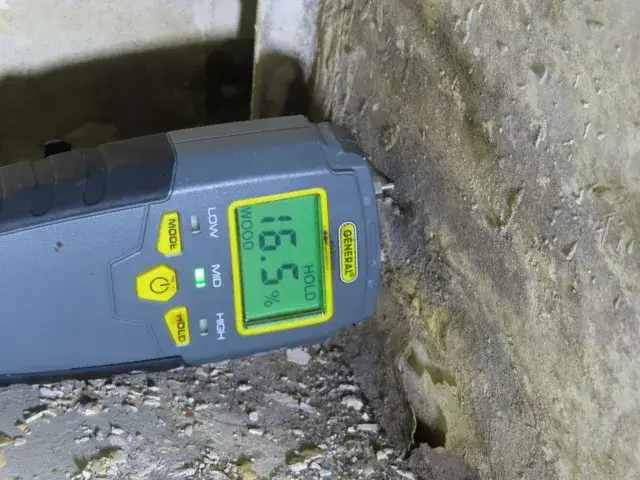Comparing Gwynn Oak Movers and South Dakota Movers for a Smooth Relocation

Relocating to a new home or office can feel overwhelming, whether you’re moving within a busy suburban community like Gwynn Oak or across the wide-open landscapes of South Dakota. Reliable movers play a major role in making that transition smoother, safer, and more efficient. If you’re preparing for an upcoming move and comparing your options, go to site to explore trusted services while learning what sets these two moving markets apart. Understanding the unique strengths of Gwynn Oak Movers and South Dakota Movers can help you choose the right partner for your specific needs.
In many cases, what works for a densely populated area like Gwynn Oak will differ from what’s required for the long-distance demands often found in South Dakota. Before diving into the major differences, learn more at the website for detailed service offerings that can guide your decision.
Understanding Gwynn Oak Movers
Gwynn Oak, located in Maryland, is known for its well-connected neighborhoods, active residential communities, and growing demand for local relocations. Gwynn Oak Movers are typically equipped for short-distance residential moves, townhome relocations, apartment transitions, and small-scale office moves. The moving companies in this region often emphasize quick scheduling, personalized services, and strong familiarity with local traffic patterns and housing layouts.
Many Gwynn Oak moving teams focus on efficient packing, loading, and transport for customers who are moving just a few miles away. They understand the needs of busy families, students, and employees who require flexibility, particularly during weekends or peak rental turnover periods. Attention to detail is a major advantage here; because these movers operate in tight-knit communities, their reputation depends heavily on consistent service quality and customer satisfaction.
Additionally, Gwynn Oak’s neighborhoods often require movers to navigate narrow streets, shared driveways, or multi-unit buildings. Experienced movers in this area are skilled at managing these conditions while ensuring belongings are handled with care. For customers who prefer stress-free, closely coordinated moving plans, Gwynn Oak Movers provide a reliable, local-centered approach.
What Sets South Dakota Movers Apart
South Dakota is a state known for long travel distances, rural communities, and varied weather conditions. Movers here are often equipped to handle long-distance relocations across counties or even across state lines. Because many South Dakota residents move between cities like Sioux Falls, Rapid City, and Aberdeen, moving companies in this region focus on durability, logistical planning, and secure packing designed for extended travel.
South Dakota Movers typically offer services tailored for large households, ranch properties, and cross-state job relocations. Their experience in handling long hours on the road, as well as equipment suited for uneven terrain, makes them well-prepared for regional and interstate moves. Weather can be a major factor snow, wind, and temperature changes require movers who understand how to protect cargo and keep transportation safe.
Comparing Moving Styles and Strengths
- Distance and Logistics: Gwynn Oak Movers thrive in localized environments where speed and familiarity with the area are essential. In contrast, South Dakota Movers excel at long-distance planning, interstate transport, and managing moves that require extended timelines.
- Equipment and Resources: Local movers in Gwynn Oak often use smaller trucks ideal for compact neighborhoods. South Dakota Movers generally rely on large, long-haul vehicles with equipment designed for heavy cargo, weather-resistant packing, and rural access.
- Customer Needs: Gwynn Oak residents typically look for convenience, packing help, and quick turnarounds. Customers in South Dakota often require long-distance services, storage options, and secure transport across hundreds of miles.
Choosing the Right Mover for Your Situation
If you’re unsure whether to select a local specialist like Gwynn Oak Movers or a long-distance team similar to South Dakota Movers, start by assessing your move type:
- Local within a small radius: Gwynn Oak-style movers are the best fit.
- Cross-state or long-distance relocation: South Dakota-style movers will be more equipped.
- Large household or heavy equipment: Movers used to long-distance hauls may offer stronger resources.
- Complex apartment or townhouse move: Gwynn Oak Movers understand tight spaces and community layouts.
Always request quotes, ask about insurance coverage, confirm packaging standards, and review mover credentials through the FMCSA database to ensure safety and compliance.
Final Thoughts
Both Gwynn Oak Movers and South Dakota Movers bring unique strengths that cater to different moving scenarios. Whether you need highly personalized local service or a team capable of handling long-distance relocation challenges, selecting the right mover depends on the distance, scale, and logistics of your move. With careful comparison and proper research, you can ensure a smooth and stress-free transition to your new home or workspace.









